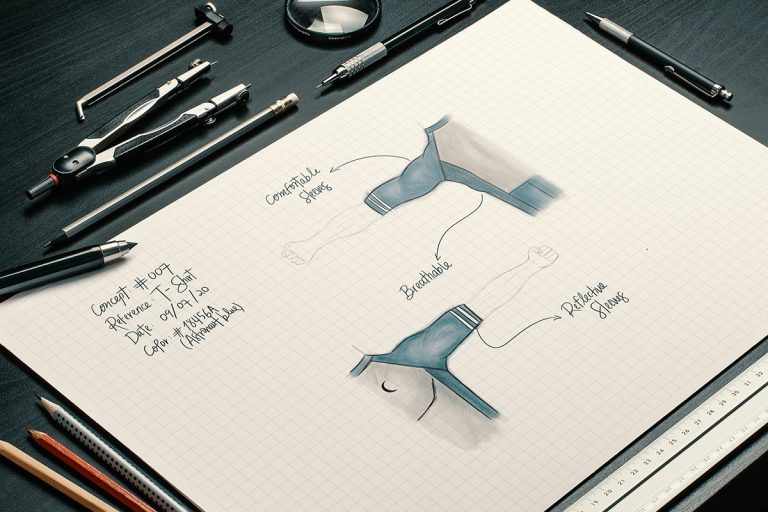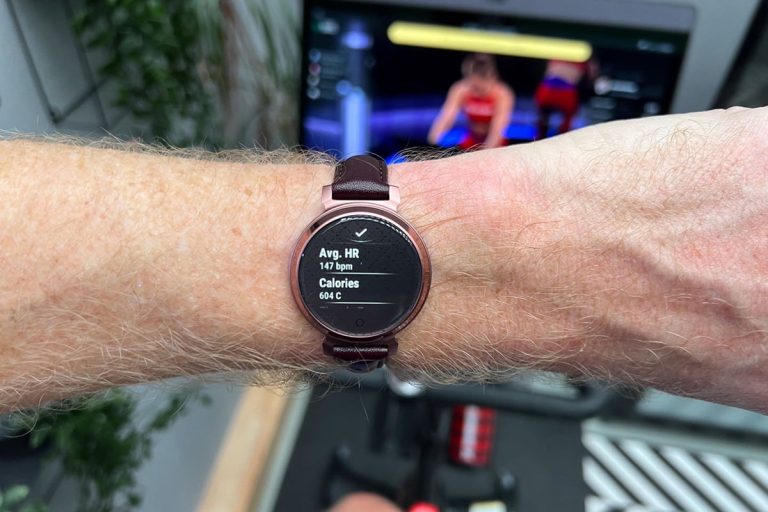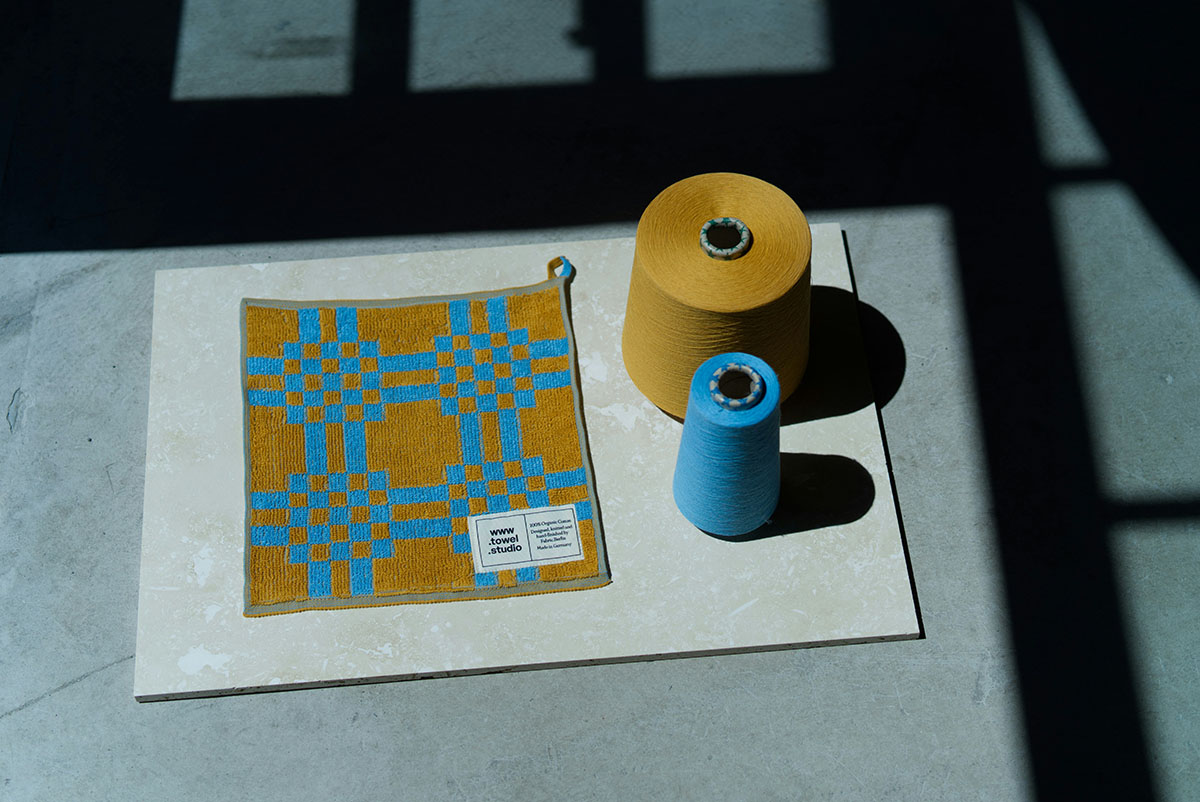
The future of fashion lies not in flashy gadgets or obvious technological additions, but in the seamless integration of health-monitoring capabilities into everyday clothing. This invisible tech revolution transforms ordinary garments into sophisticated wellness tools while maintaining the aesthetic standards that define contemporary style. From shirts that gently guide your posture to accessories that protect against UV damage, the latest generation of smart clothing operates behind the scenes, monitoring, correcting, and protecting without compromising fashion sensibilities.
The Rise of Invisible Wearable Technology
Traditional wearable technology often suffered from obvious integration challenges—bulky fitness trackers, visible sensors, and designs that prioritized function over form. The invisible tech movement represents a fundamental shift toward clothing that appears entirely conventional while harboring sophisticated monitoring and correction systems within their fibers and construction.
This evolution addresses a critical consumer need: the desire for health monitoring without the social signaling of obvious technology. Modern professionals, fitness enthusiasts, and style-conscious individuals want the benefits of wearable tech without advertising their use of monitoring devices. Invisible integration allows users to maintain their personal aesthetic while accessing advanced health insights.
The technology relies on microscopic sensors, conductive threads, and smart materials that blend seamlessly with traditional fabrics. These innovations enable continuous monitoring without the bulk, visibility, or maintenance requirements of traditional wearable devices.
Posture-Correcting Shirts: Subtle Spinal Support
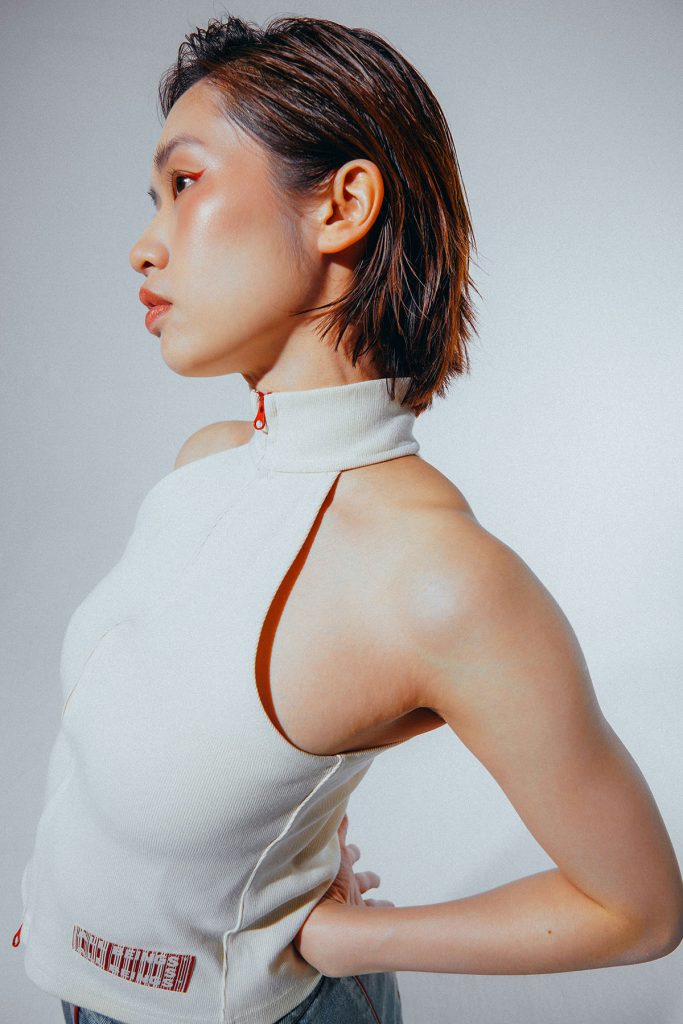
Technology and Design Integration
Posture-correcting shirts represent one of the most successful examples of invisible tech integration. These garments utilize strategically placed compression panels, proprietary fabric tension systems, and embedded sensors to encourage proper spinal alignment without obvious external hardware.
Leading brands have developed shirts using targeted compression technology that applies gentle pressure to specific muscle groups, naturally encouraging the wearer to maintain better posture throughout the day. The compression is integrated into the garment’s construction through specialized knitting techniques and elastic panel placement that remains invisible beneath the shirt’s exterior.
Advanced models incorporate vibrating sensors that provide gentle tactile feedback when posture deviation is detected. These micro-vibrations are subtle enough to avoid embarrassment in professional settings while effectively alerting wearers to adjust their positioning.
Real-World Performance and Style Impact
Field testing reveals significant variations in effectiveness across different posture-correcting shirt designs. Premium models demonstrate measurable improvements in spinal alignment over eight-hour wear periods, with users reporting reduced back tension and increased awareness of postural habits.
The aesthetic impact varies considerably between brands. Well-designed posture shirts maintain natural silhouettes and movement patterns, while poorly executed versions can create artificial stiffness or visible lines that compromise the garment’s appearance. The most successful designs integrate correction technology into athletic-inspired cuts that naturally complement the compression elements.
Fabric choices significantly influence both performance and style integration. Moisture-wicking synthetic blends accommodate the compression technology while maintaining professional appearance standards. Cotton-synthetic hybrids offer improved breathability but may compromise the precision of corrective pressure distribution.
UV-Monitoring Accessories: Invisible Sun Protection
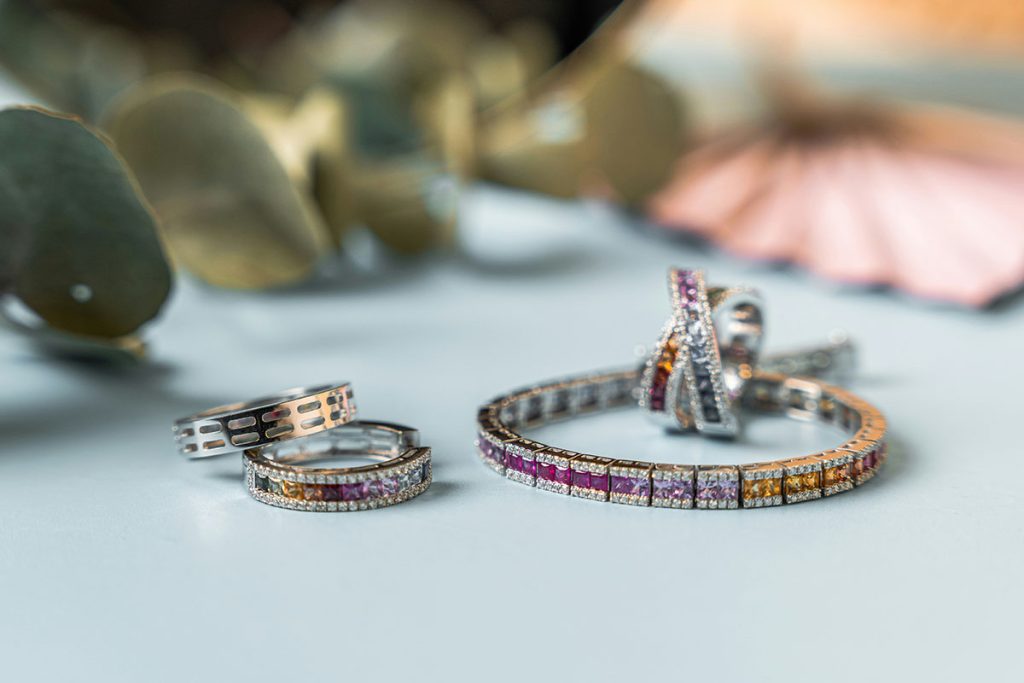
Smart Jewelry and Discrete Sensors
UV-monitoring technology has evolved from obvious clip-on devices to sophisticated accessories that seamlessly integrate into existing jewelry and accessory collections. Smart rings, elegant bracelets, and minimalist pendants now house advanced UV sensors while maintaining the aesthetic qualities of traditional accessories.
These devices utilize photosensitive elements that continuously monitor UV exposure levels and provide personalized protection recommendations based on skin type, location, and cumulative daily exposure. The data integration occurs through subtle LED indicators or smartphone notifications that don’t interrupt the accessory’s primary aesthetic function.
Premium UV-monitoring accessories feature customizable designs that allow users to select materials, finishes, and styles that complement their personal fashion preferences. This customization ensures the technology enhances rather than compromises individual style expressions.
Fashion-Forward Protection Strategies
The most innovative UV-monitoring accessories incorporate protection reminders into daily routine management. Smart watches with UV sensors can coordinate protection alerts with calendar scheduling, suggesting sunscreen application before outdoor meetings or recommending protective clothing adjustments based on weather forecasts.
Fashion integration extends beyond mere aesthetics to include coordinated accessory ecosystems. UV-monitoring bracelets can communicate with smart clothing to provide comprehensive protection strategies that consider both environmental factors and garment-specific protection levels.
Color-changing jewelry represents an emerging category where UV exposure triggers subtle aesthetic changes in the accessory itself. These pieces provide visual protection cues while serving as conversation starters about sun safety and technological innovation in fashion.
Health-Tracking Fabrics: The Science of Smart Textiles
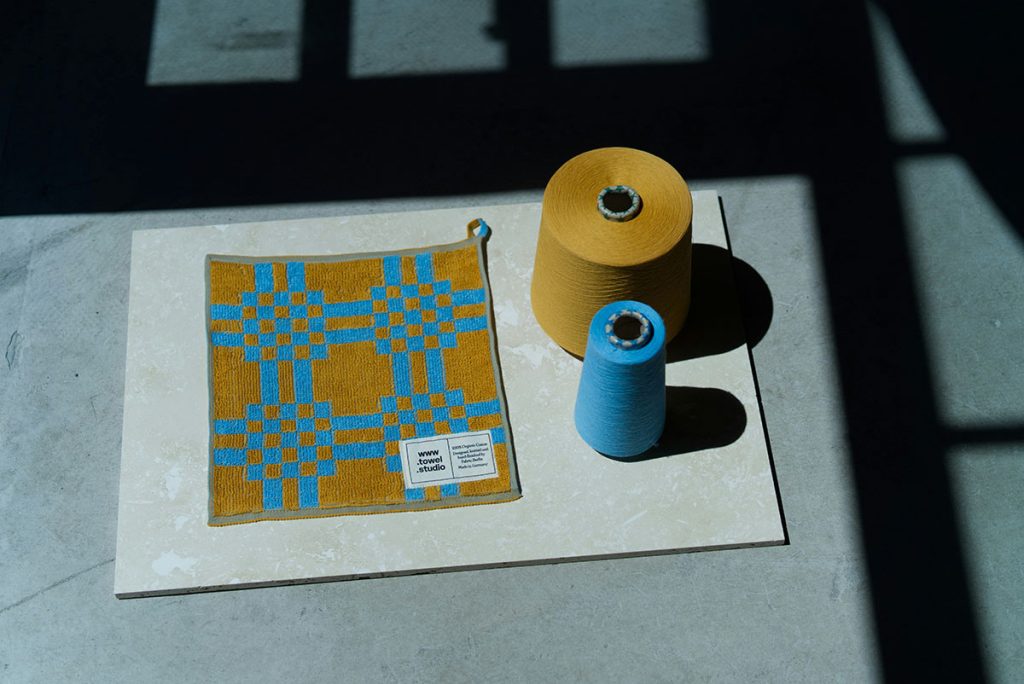
Embedded Sensor Technology
Health-tracking fabrics represent the pinnacle of invisible tech integration, embedding monitoring capabilities directly into textile fibers. These smart textiles utilize conductive threads, piezoelectric fibers, and biometric sensors woven into the fabric structure to monitor heart rate, respiratory patterns, body temperature, and activity levels.
The sensor integration occurs at the molecular level, with conductive materials forming part of the fabric’s base structure rather than being added as aftermarket components. This approach ensures durability, washability, and comfort while maintaining the textile’s natural drape and texture characteristics.
Advanced health-tracking fabrics can differentiate between various types of physical activity, stress levels, and sleep quality indicators. The data collection occurs continuously and unobtrusively, providing comprehensive health insights without requiring user intervention or device management.
Performance Validation and Accuracy
Clinical testing of health-tracking fabrics demonstrates impressive accuracy rates compared to traditional monitoring devices. Heart rate monitoring through chest-integrated sensors achieves accuracy rates exceeding 95% during various activity levels, while respiratory monitoring shows consistent performance across different fabric weights and construction methods.
The technology’s reliability varies significantly based on fabric care and wear patterns. Proper washing techniques and fabric maintenance protocols are essential for maintaining sensor accuracy over time. Users must balance fashion care practices with technology preservation requirements.
Integration challenges persist in certain fabric types and garment categories. Lightweight summer fabrics may struggle to accommodate the sensor density required for comprehensive monitoring, while heavy winter materials can interfere with signal transmission and data accuracy.
Fashion Integration and Styling Considerations
Aesthetic Compatibility with Current Trends
The success of invisible tech wardrobe pieces depends heavily on their compatibility with existing fashion trends and personal style preferences. The most effective smart clothing designs anticipate fashion cycles and create pieces that remain stylistically relevant beyond their technological novelty.
Contemporary minimalist aesthetics particularly complement invisible tech integration, as the clean lines and understated designs naturally accommodate hidden technology elements. Athletic-inspired fashion trends also support smart clothing adoption, as consumers already associate these styles with performance and functionality.
Color coordination and pattern integration require careful consideration when incorporating tech garments into existing wardrobes. Neutral color palettes and classic patterns ensure smart clothing pieces can integrate seamlessly with traditional garments while providing technological benefits.
Building a Cohesive Smart Wardrobe
Creating a fully integrated invisible tech wardrobe requires strategic planning and coordination between different smart garment categories. Successful integration considers data overlap, battery management, and aesthetic coherence across multiple technological pieces.
Layering strategies become particularly important when combining multiple smart garments. Users must consider how different monitoring systems interact and whether overlapping sensors provide redundant or complementary data. The physical comfort of wearing multiple tech-enabled pieces simultaneously also influences daily usage patterns.
Future Innovations and Market Evolution
The invisible tech wardrobe sector continues evolving rapidly, with emerging technologies promising even more seamless integration and expanded functionality. Upcoming innovations include energy-harvesting fabrics that eliminate battery requirements, AI-powered health prediction systems, and materials that adapt their properties based on environmental conditions.
Market adoption patterns suggest growing consumer acceptance of invisible tech solutions, particularly among professionals and health-conscious individuals who value discretion alongside functionality. Price points continue declining as manufacturing scales increase and technology costs decrease.
The convergence of fashion and technology appears destined to accelerate, with traditional fashion brands increasingly partnering with tech companies to develop integrated solutions that prioritize style alongside functionality.
Frequently Asked Questions
Q: How long do the batteries in posture-correcting shirts typically last?
A: Most posture-correcting shirts with vibrating feedback offer 5-7 days of battery life with moderate use, while passive compression designs require no battery power.
Q: Are health-tracking fabrics safe to machine wash?
A: Yes, most health-tracking fabrics are designed for standard machine washing, though specific care instructions vary by manufacturer and should be followed carefully.
Q: Do UV-monitoring accessories work through clothing?
A: UV-monitoring accessories measure ambient UV levels and may not accurately reflect skin exposure when worn under clothing; they work best when exposed to direct light.
Q: Can invisible tech clothing interfere with medical devices like pacemakers?
A: Most invisible tech clothing operates at low power levels unlikely to interfere with medical devices, but individuals with implanted devices should consult their physicians before use.
Q: How accurate are health-tracking fabrics compared to dedicated fitness trackers?
A: High-quality health-tracking fabrics achieve 90-95% accuracy rates compared to medical-grade devices, though performance varies by specific metrics and activity types.
